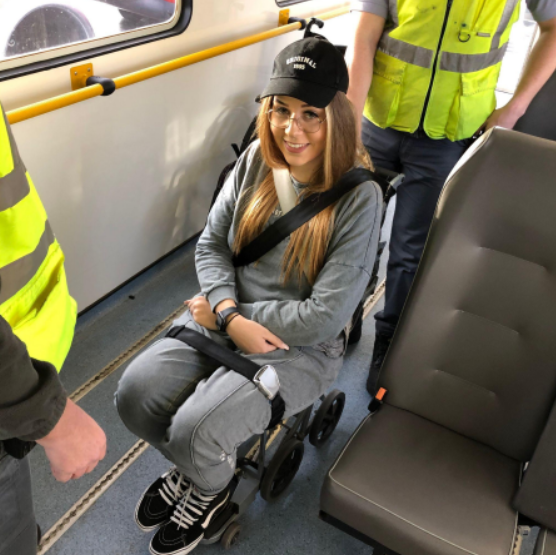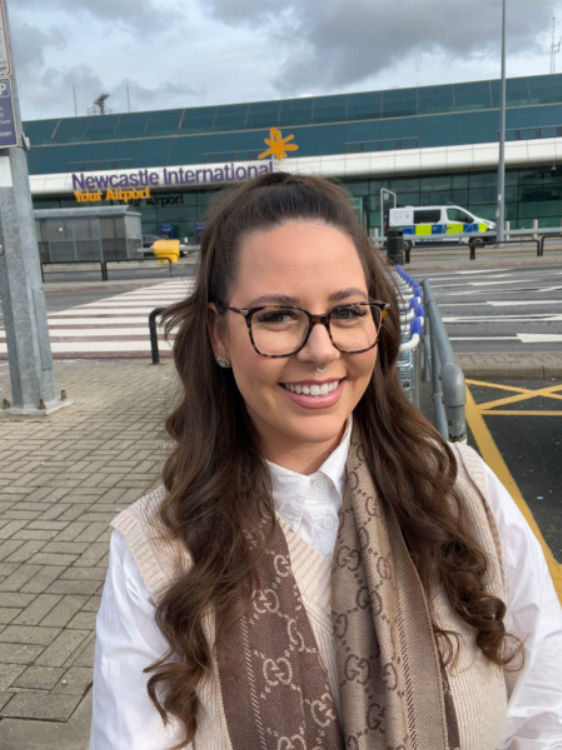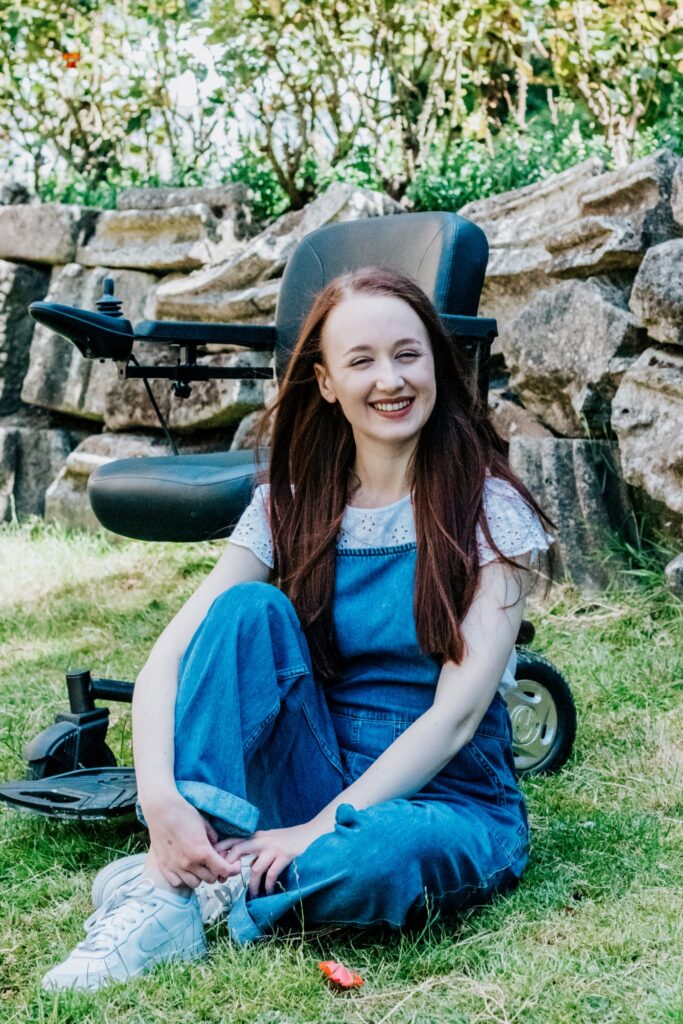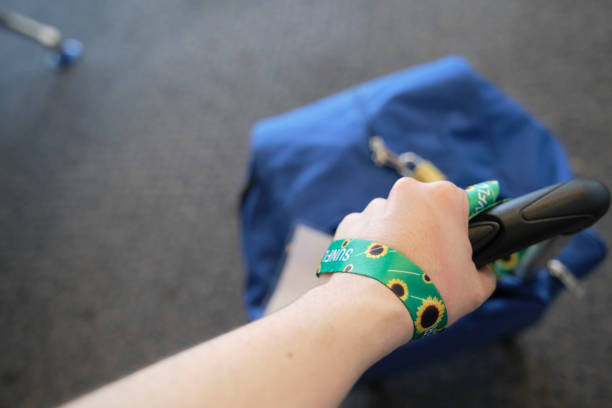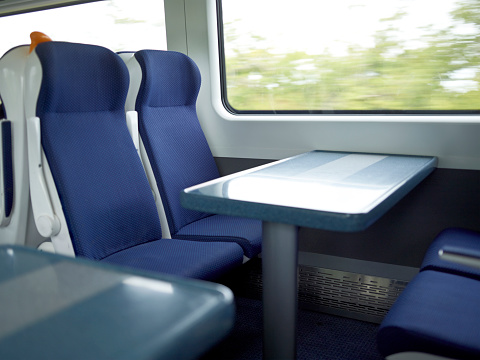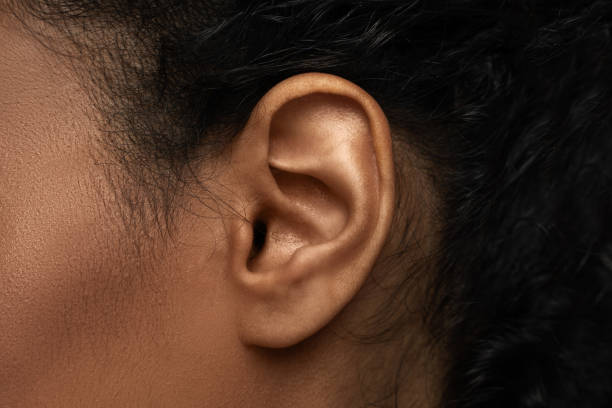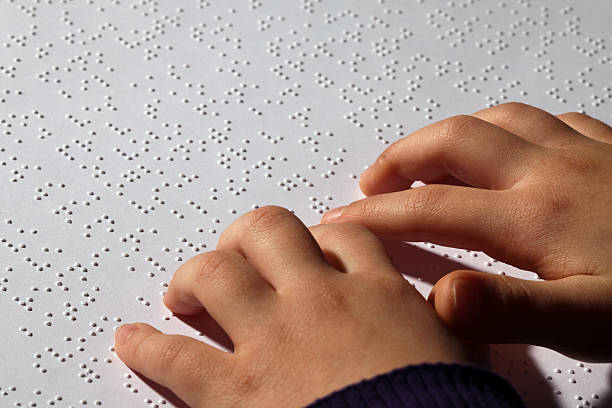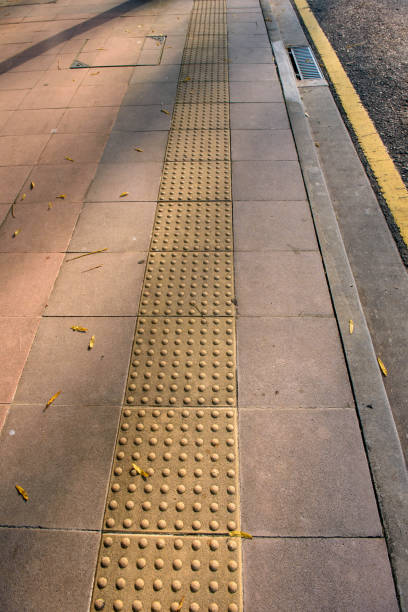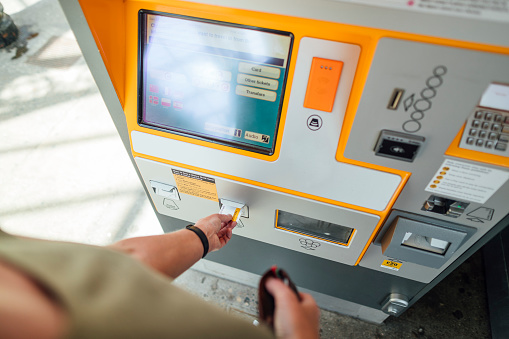
Image ID: Festive travel season in a busy station, bustling with people and Christmas cheer.
Travelling by train at Christmas can sometimes feel overwhelming but with Passenger Assistance, it doesn’t have to be stressful.
From visiting loved ones to browsing Christmas markets. Heading to festive parties or tackling your Christmas shopping list. There’s plenty to look forward to.
For many of us, that also means planning our train journeys. And at Passenger Assistance, we’re here to make sure your travel experience is smooth, reliable and enjoyable.
Our app connects directly with train operators, so your travel support is requested by and confirmed ahead of time. Giving you one less thing to worry about this Christmas.
Christmas travel can be busy…but it doesn’t have to be stressful
The festive season can bring a mix of excitement and pressure. For Disabled people or people with access needs, having reassurance that assistance is arranged and confirmed can make a huge difference.
That’s where the Passenger Assistance app comes in. It’s designed to make booking travel support easier, faster and more flexible. That way, you can focus on what matters most this season; spending time with the people you love.
Using Passenger Assistance this Christmas
If you haven’t used the Passenger Assistance app in a while, or you are entirely new to the app. Here’s a quick guide on how to get started:
1. Set up your profile
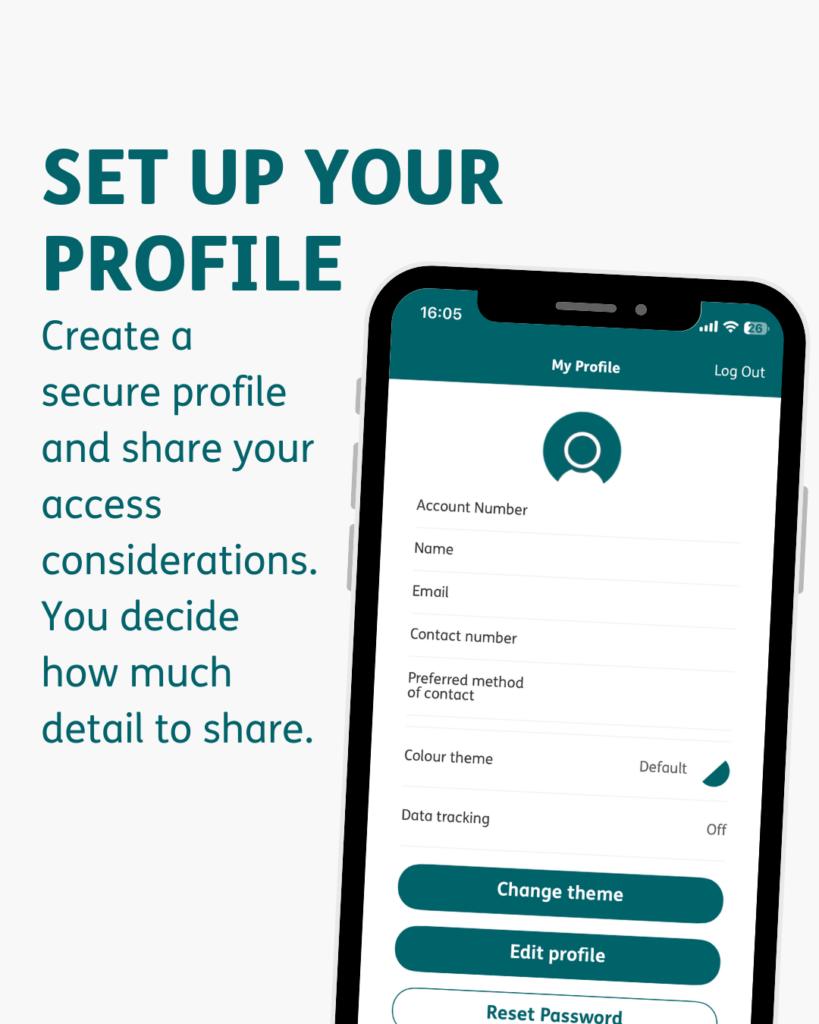
Create a secure profile and share your access considerations. You decide how much detail to share — from mobility information to communication preferences. Your details are stored safely and can be updated whenever you need to.
2. Tell us where you’re going
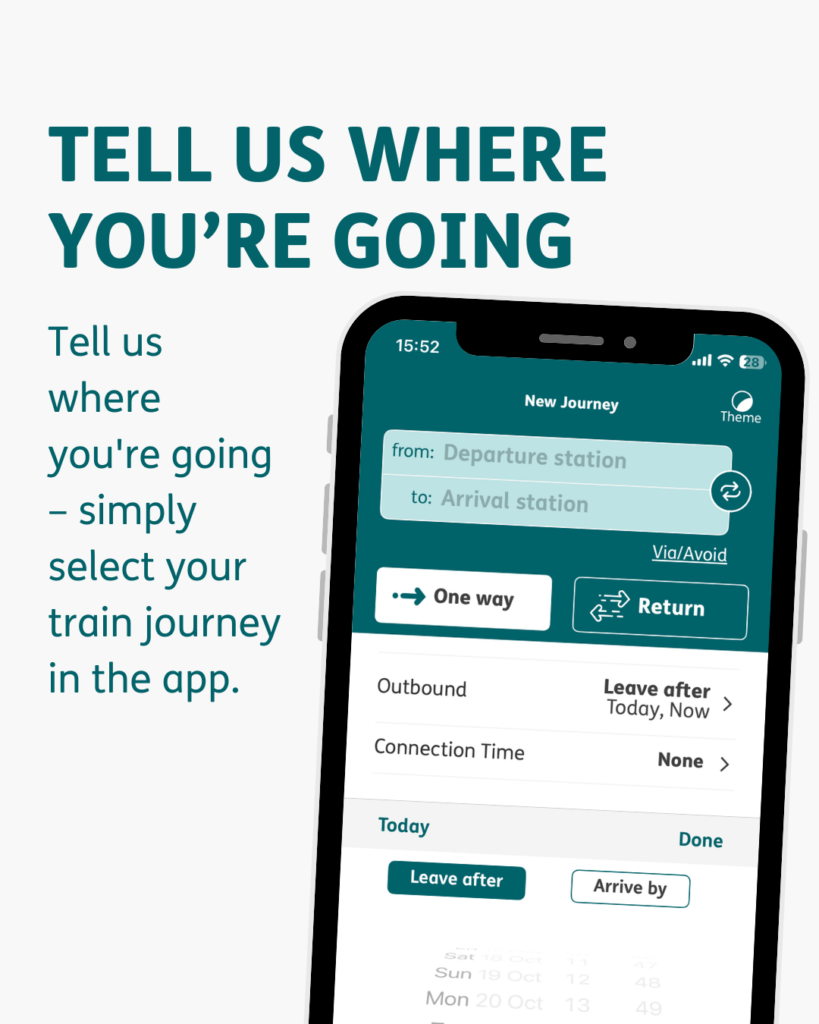
Once your profile is ready, simply select your train journey in the app. Whether you’re heading home for Christmas dinner, visiting a festive market or meeting friends for a seasonal celebration, you can plan your route with ease.
3. Choose the support you need
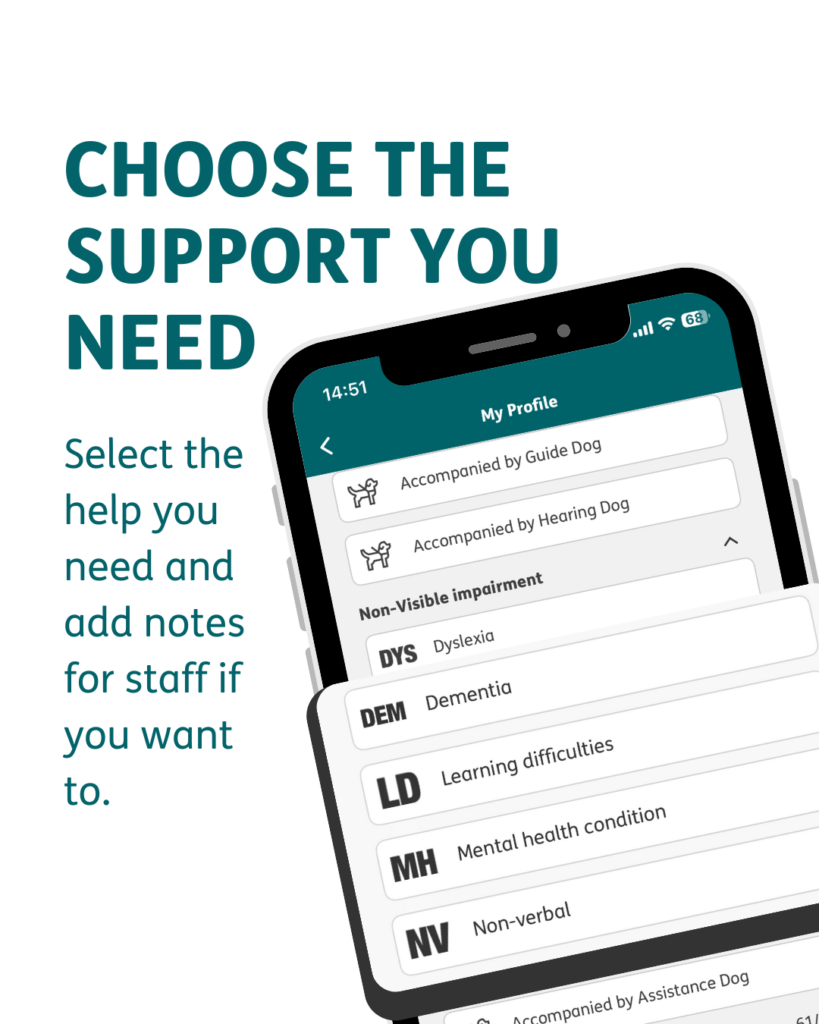
Select the type of help you’d like for your journey — from assistance boarding and alighting trains to navigating through a station. You can also add notes for staff if there’s anything specific you’d like them to know about your access needs.
4. Your request is sent to the train operator
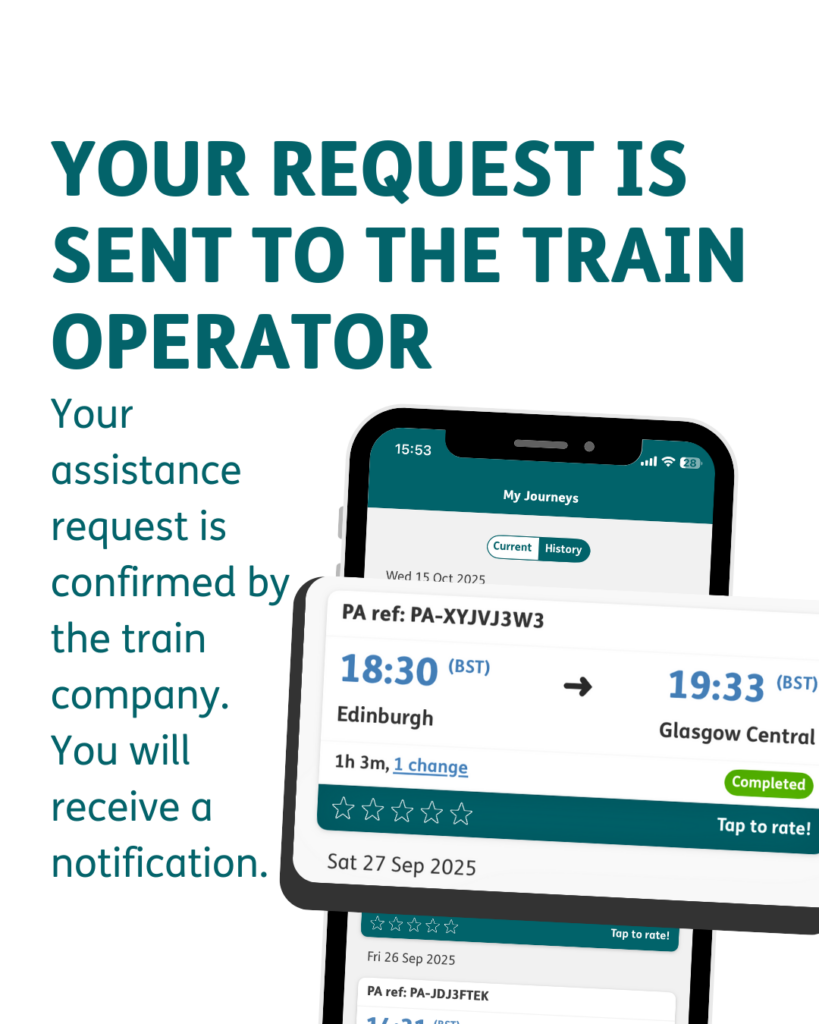
When you’ve confirmed your journey, your assistance request goes straight to the train company. They’ll review and confirm the arrangements, and you’ll receive a notification in the app once everything’s in place.
That’s it – you’re ready to travel.
Making festive travel easier for everyone
Passenger Assistance is here to make rail travel accessible, simple and empowering. During the holidays, we know how important it is for people to stay connected — and reliable assistance can be key to making those journeys possible.
Here are some ways you could use Passenger Assistance around Christmas:
- Visiting family and friends: Whether it’s a trip across the country or just a few stops away, Passenger Assistance helps you get the support you need to reach your loved ones safely.
- Festive shopping trips: If you’re heading to your local town centre or a bigger city for Christmas shopping, you can request help getting on and off trains and through busy stations.
- Christmas markets: There are lots of incredible Christmas markets across the UK, such as Edinburgh and Winchester listed in Conde Nast Travellers European Christmas market guide. If you plan to visit any any, Passenger Assistance allows you to request your assistance there and back smoothly, so you can enjoy the lights, food and atmosphere without the worry.
- Work parties or seasonal events: The app gives you more confidence to plan evening or weekend journeys, knowing that staff will be ready to help at every stage.
- Post-Christmas sales: When the holidays wind down, many passengers use the app to travel for Boxing Day or New Year shopping trips. Assistance can be arranged just as easily — helping you start the new year stress-free.
A few tips for Christmas journeys
Christmas is a busy time for everyone, so we want to be sure you are as up to date with information as you can get. While Passenger Assistance can support you with requesting your travel in advance, here are some top tips to be aware of:
- Plan ahead: Trains can be busier than usual in December, so it’s a good idea to book your assistance as early as possible.
- Check last train times: Services may finish earlier on Christmas Eve and New Year’s Eve, and there are usually no trains on Christmas Day.
- Stay up to date with station closures: National Rail is the most up to date with all of the information about stations, trains and lines.
- Allow extra time at stations: There might be more people travelling with luggage or gifts, so giving yourself a few extra minutes helps you stay relaxed.
- Dress for comfort: Layers are your friend — trains and stations can vary in temperature.
- Bring a bit of festive spirit: Whether it’s a mince pie for the journey or a Christmas playlist in your headphones, it’s a lovely way to make your trip more enjoyable.
Bringing people together this Christmas
At Passenger Assistance, our goal is simple: to make travel more accessible for everyone. The festive season is a time for connection. And we’re proud to play a small part in helping people come together.
So wherever you’re travelling this Christmas, whether it’s to see family, explore a festive market, or celebrate with friends, let Passenger Assistance help you get there with ease and confidence.
Download the Passenger Assistance app today and make your next journey simpler, smoother and more enjoyable.
Wishing you a safe, accessible and happy Christmas from all of us at Passenger Assistance.


